'My dog doesn't like my husband. What can I do?' — Expert trainer Ben Randall has the answer
For many of us, our dogs are like members of our family, but what do you do when your canine companion does not feel the same way about your husband as you do? Ben Randall has all the answers.
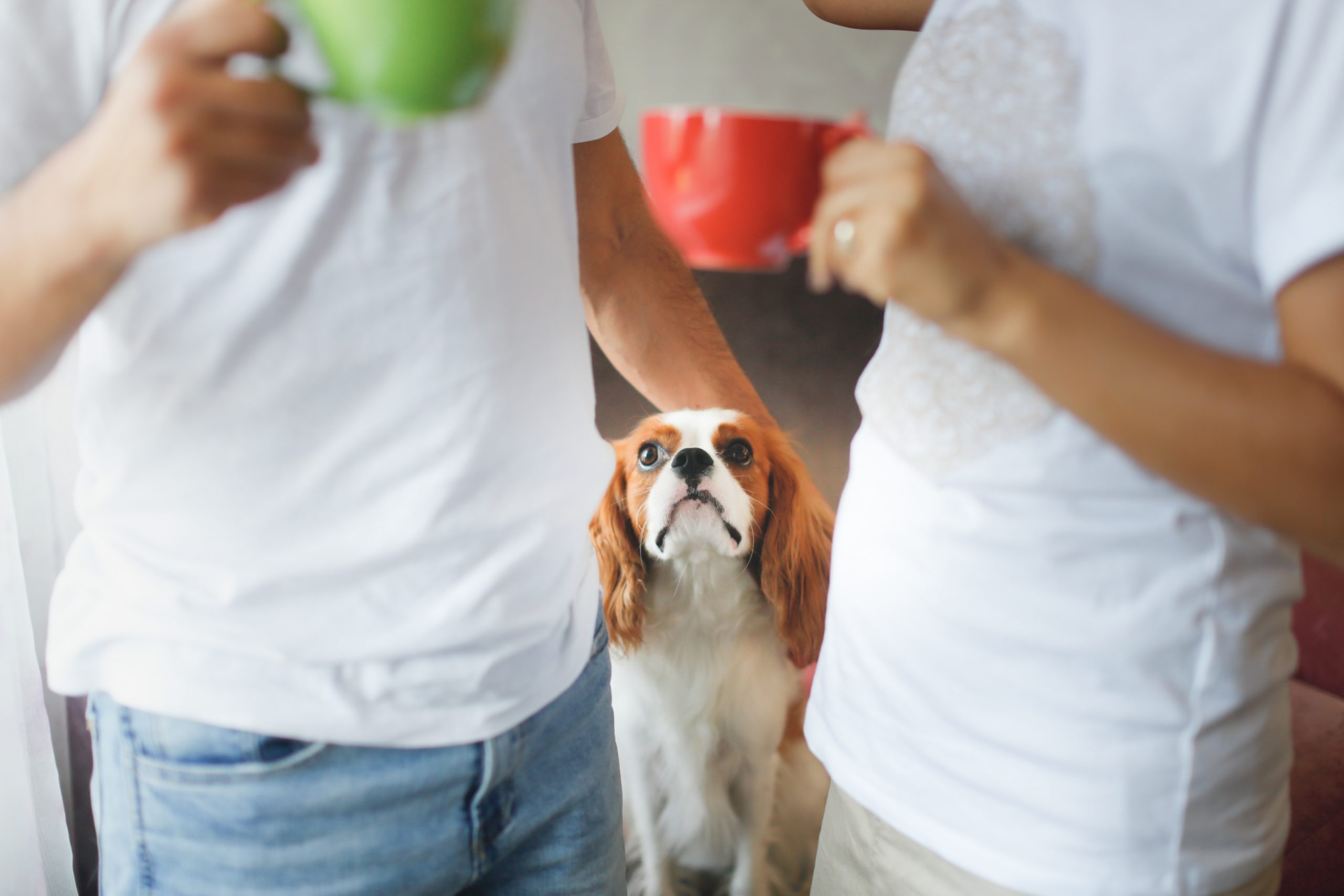

For many of us, our dogs are like members of our family, but what do you do when your canine companion does not feel the same way about your husband as you do?
This is exactly the problem facing N.D., who has written to us via our paws-for-thought@futurenet.com email address to ask for Ben’s advice on how to deal with her rescue dog’s reluctance to bond with her new husband:
Dear Ben, I have a five-year old rescue dog (a German Shepherd mix). She is very bonded to me to the extent that, even though I got married a year ago, she has still not connected with my husband. We’ve tried to address this by making sure he’s the only one who feeds her, in a bid to help them bond, but she will only eat if I am there. She will beg him for food when I am there. But, when I am not there, she seems scared of him and leaves the room when he comes in, even though she has no reason to be frightened of him. Also, she seems depressed when I am out at work and, even when I am there, she seems to only care about going for a walk, but does not want to play or behave like a normal dog. She is definitely a bottom of the pack sort of dog. We tried a dog trainer but it did not help, so any advice would be really helpful, thank you. — N.D. by email
Unfortunately, since the Covid 19 pandemic and lockdown — when lots of people got dogs and were spending all day, every day with them — we have seen a lot more issues. The world got back to normal, many of us returned to working full-time in offices away from home, and many dogs feel like they’ve had the rug pulled from beneath their paws. There’s been a big increase in all forms of separation anxiety, and that is at the centre of the problem here: not so much that your dog doesn’t like your husband, it’s just that he’s sad that it’s not you.
As a respected British trainer, I have seen a lot of these sort of behavioural issues, that seem to have been prompted by dog owners going back to work, especially when the dog (or dogs) have been left at home with a husband or wife, other members of the family, a friend or at doggy daycare.

Often, the dogs pace around and don’t settle; sometimes they even go off their food; and it’s common for them to go almost berserk when their owner comes home or arrives at the daycare kennel to collect them. It’s unfortunate, but it’s not really anyone’s fault — it stems from a lack of canine behavioural knowledge, the extraordinary situation with Covid that none of us could have anticipated, and the ongoing struggle that many of us have with maintaining a healthy work-life balance.
I’ve been perfecting my BG (Beggarbush) foundation methods for nearly 20 years and understand that even experienced dog owners come up against issues that they are not sure how to handle. However, with a little time, patience and careful retraining, I feel sure that you will be able to turn this situation around in no time. You can learn more via @beggarbush on Instagram and my dog-training app (this link will let you get a free trial) or ask me your own question by emailing paws-for-thought@futurenet.com.
Ben’s six top tips for getting your dog to love your husband as much as you do
1. Get your husband to take your dog for a walk at least twice a day
In order to address this problem and to see if we can improve your dog’s relationship with your husband, I’d like him to start walking your rescue dog a couple of times a day, on his own, when you are out at work.
Sign up for the Country Life Newsletter
Exquisite houses, the beauty of Nature, and how to get the most from your life, straight to your inbox.
2. Split your dog’s feed, so there’s enough for walk-time treats and her meals
I’d also recommend splitting her daily food ration, so that your husband can take a pocketful of kibble out on their walks and hand feed, at intervals, as they are walking along. This will help to build some trust and engagement between the two of them and help your dog to realise that being with your husband, even when you’re not there, is a good and a rewarding experience.
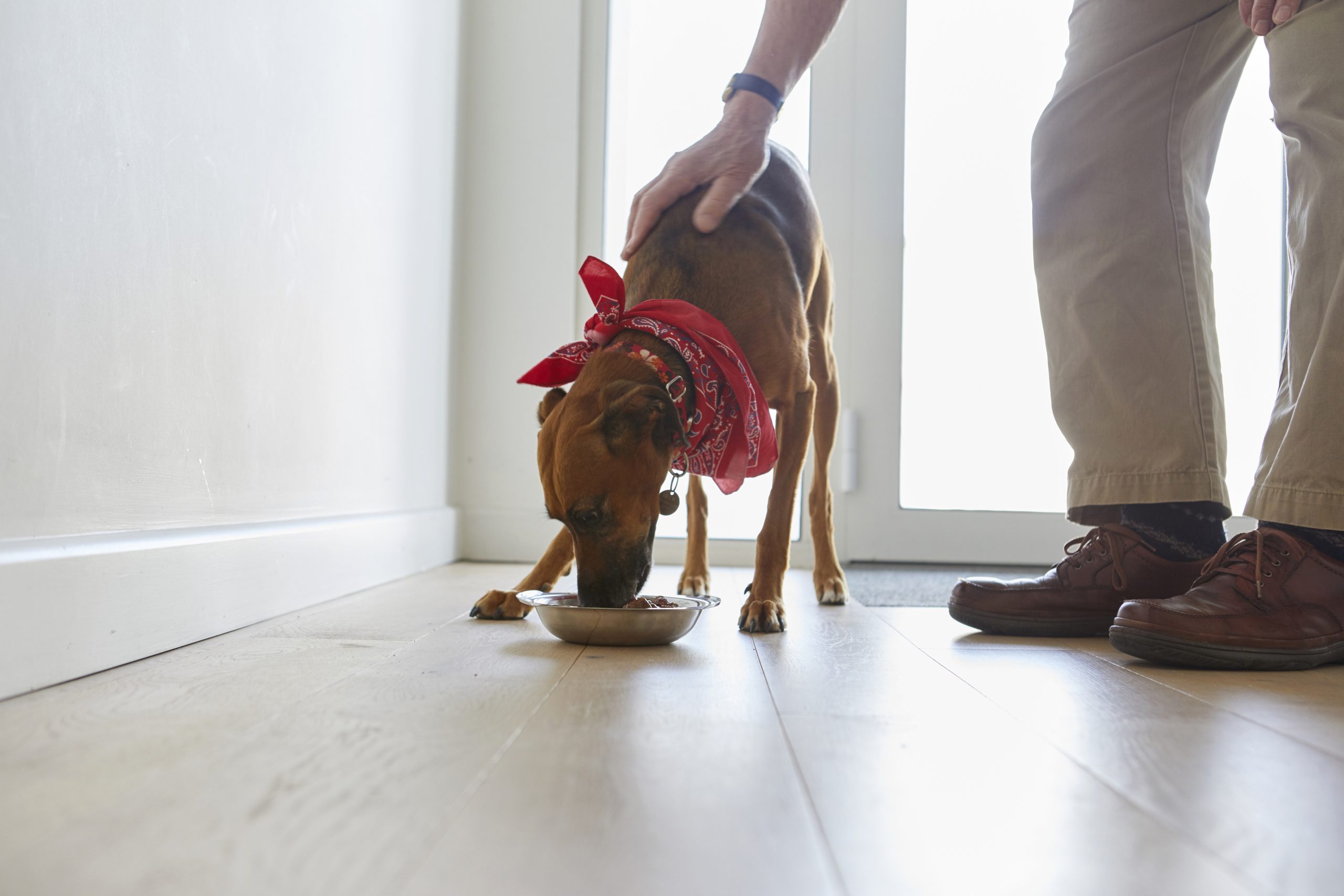
3. Ask your husband to feed her outside in the garden
On returning home, I would like your husband to feed your dog outside on the patio on his own. He needs to encourage her to practise some sitting and patience around food, which he can scatter on the ground. Then, once she’s got used to this, he can potentially add in some ‘seek’ and ‘hunt’ games, whereby she has to actively seek out some pieces of kibble hidden in the grass on the lawn.
Get your husband to show your dog some food, then drop it in various spots on the lawn, so your dog can see where it is, then walk her to heel away from the food (either on or off the lead, depending on how biddable she is), then turn her around, ask her to sit and give her the ‘fetch’ command, to release her to find the food and gain her reward.
4. If she doesn’t go for the food at first, keep persisting and she will get it
In your letter, you say she is reluctant to eat unless you are there. The reason I have asked you and your husband to split her food into separate portions (to allow some for training and some for her usual meal times) is so that these rewards are more interesting than her usual bowl of food on the kitchen floor.
Your husband may have to go through a few days of only feeding your dog when you are not there until she is hungry enough to eat from the bowl. However, as I am pretty sure she’ll be happy to accept the odd treat when they are out on a walk, I am happy that she will be eating enough to keep her going before she gets used to eating from the bowl when you are not around.
5. Practise little and often, and you and husband will soon get there
I feel that it’s important for your husband to complete the first few steps outlined above for at least two weeks before involving you.
Doing small increments of training each day, comprising two walks a day, which amounts to 14 walks a week, plus the two feeds a day, which are broken down into smaller food rewards and meals, soon adds up to your husband doing a lot of consistent and individual work with your dog. I can almost guarantee that, by doing this, you’ll soon start to see some positive changes in your dog’s demeanour and contentment.
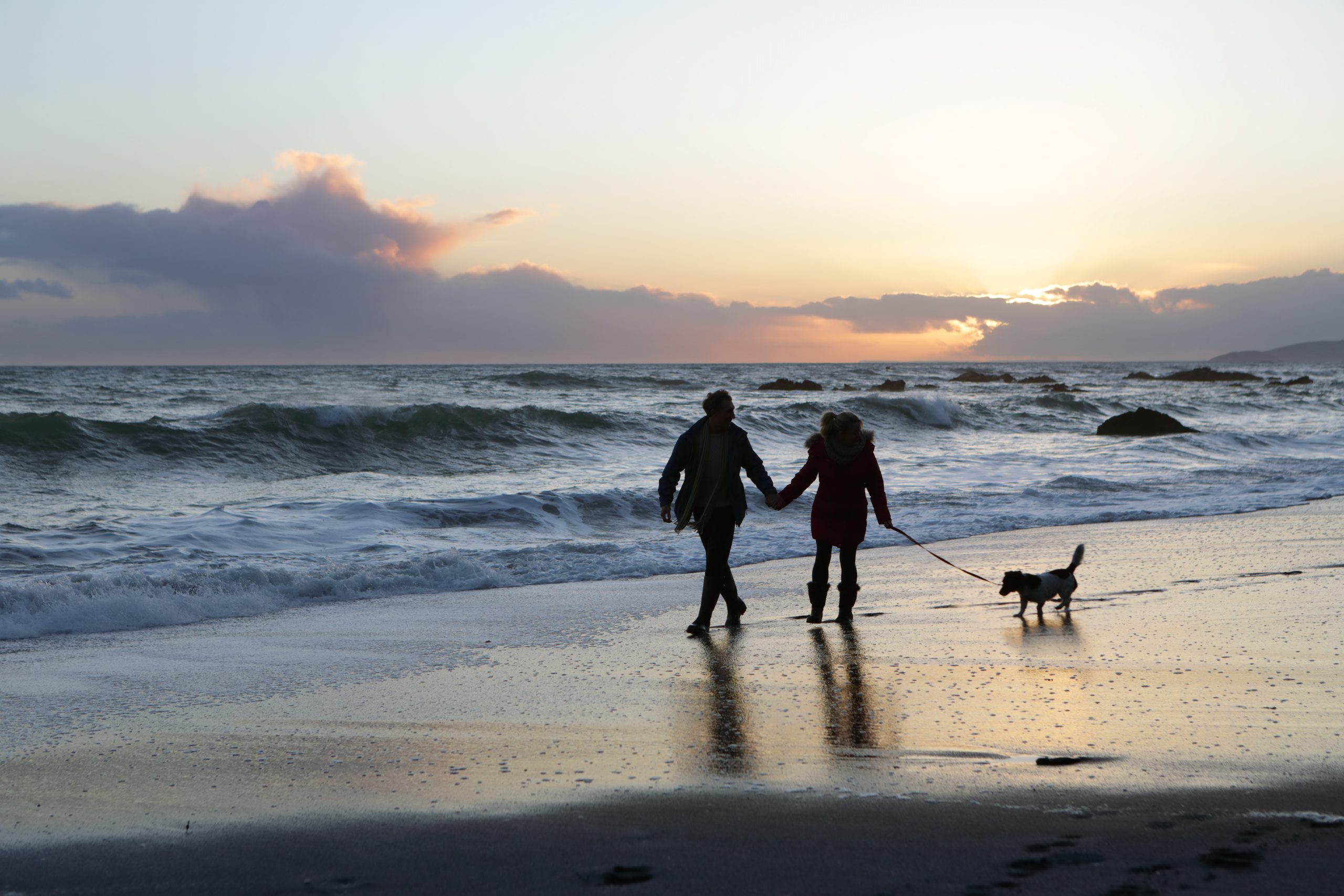
6. Gradually reintroduce yourself into the training regime
Once your husband has begun to build a new, more trusting relationship with your dog and their bond and partnership is starting to grow, I would like him to test his new routine when you are present, especially at feed times. From there, you can then progress to going on walks with your husband, when you can take turns in walking your dog on the lead.
If your husband is happy to invest the time in taking these steps with your dog, I feel confident that she will soon not only come round to spending more time alone with him, but that she will start to actively enjoy it to the extent that she no longer pines when you are out of the house.
I wish you all the best — and please keep me updated, as I’d love to know how it goes.
For more detailed advice about Ben Randall’s positive, reward-based and proven BG training methods, one-to-one training sessions, residential training or five-star dog-boarding at his BGHQ in Herefordshire, telephone 01531 670960 or visit www.ledburylodgekennels.co.uk. For a free seven-day trial of the Gundog app, which costs £24.99 a month or £249.99 a year, visit www.gundog.app/trial
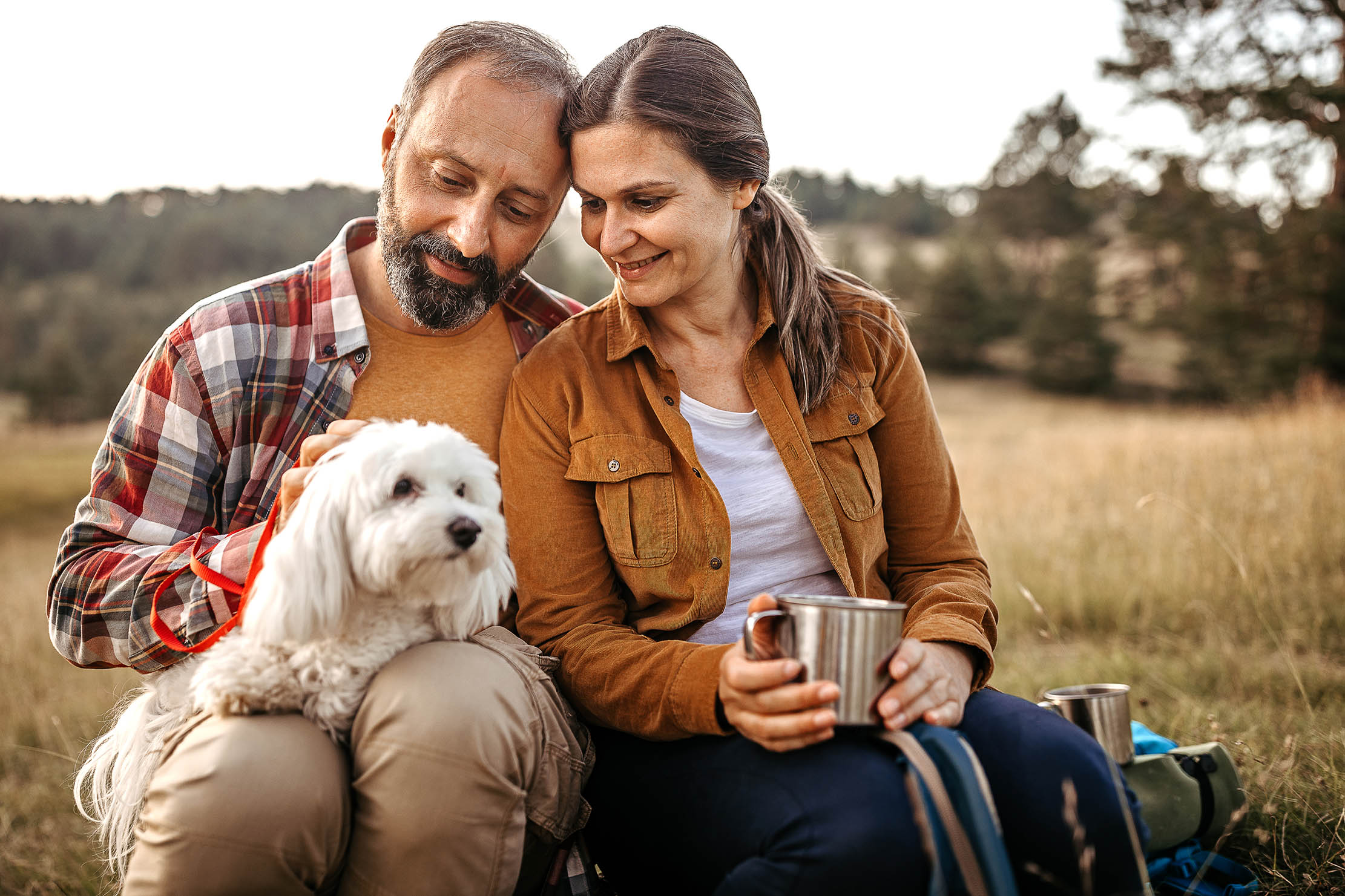
-
 Spam: The tinned meaty treat that brought a taste of the ‘hot-dog life of Hollywood’ to war-weary Britain
Spam: The tinned meaty treat that brought a taste of the ‘hot-dog life of Hollywood’ to war-weary BritainCourtesy of our ‘special relationship’ with the US, Spam was a culinary phenomenon, says Mary Greene. So much so that in 1944, London’s Simpson’s, renowned for its roast beef, was offering creamed Spam casserole instead.
By Country Life
-
 Sanderson's new collection is inspired by The King's pride and joy — his Gloucestershire garden
Sanderson's new collection is inspired by The King's pride and joy — his Gloucestershire gardenDesigners from Sanderson have immersed themselves in The King's garden at Highgrove to create a new collection of fabric and wallpaper which celebrates his long-standing dedication to Nature and biodiversity.
By Arabella Youens
-
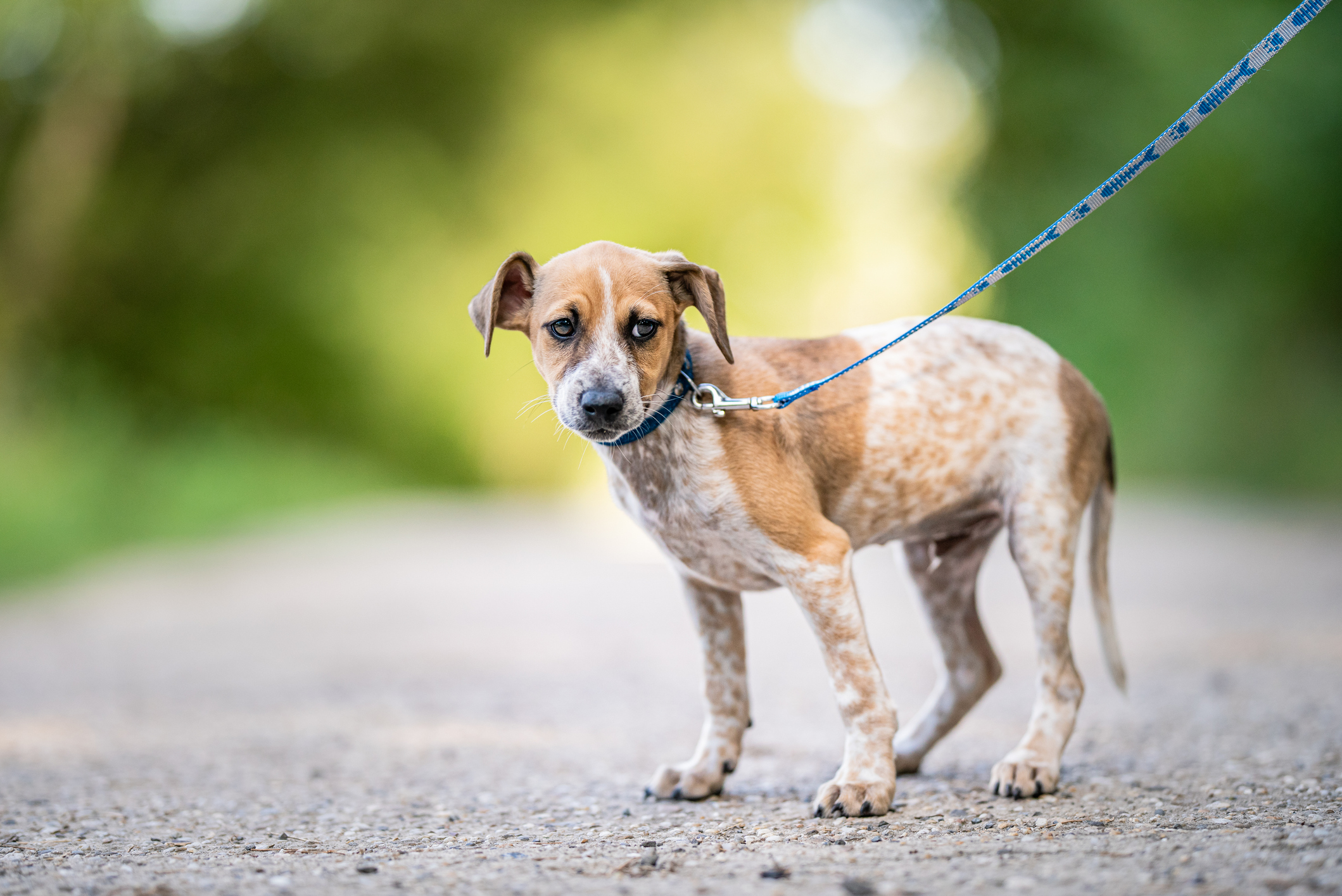 What to do when your dog gets attacked by another dog out on a walk
What to do when your dog gets attacked by another dog out on a walkBen Randall deals with a reader's difficult situation as an ordinary walk took a turn for the worse.
By Ben Randall
-
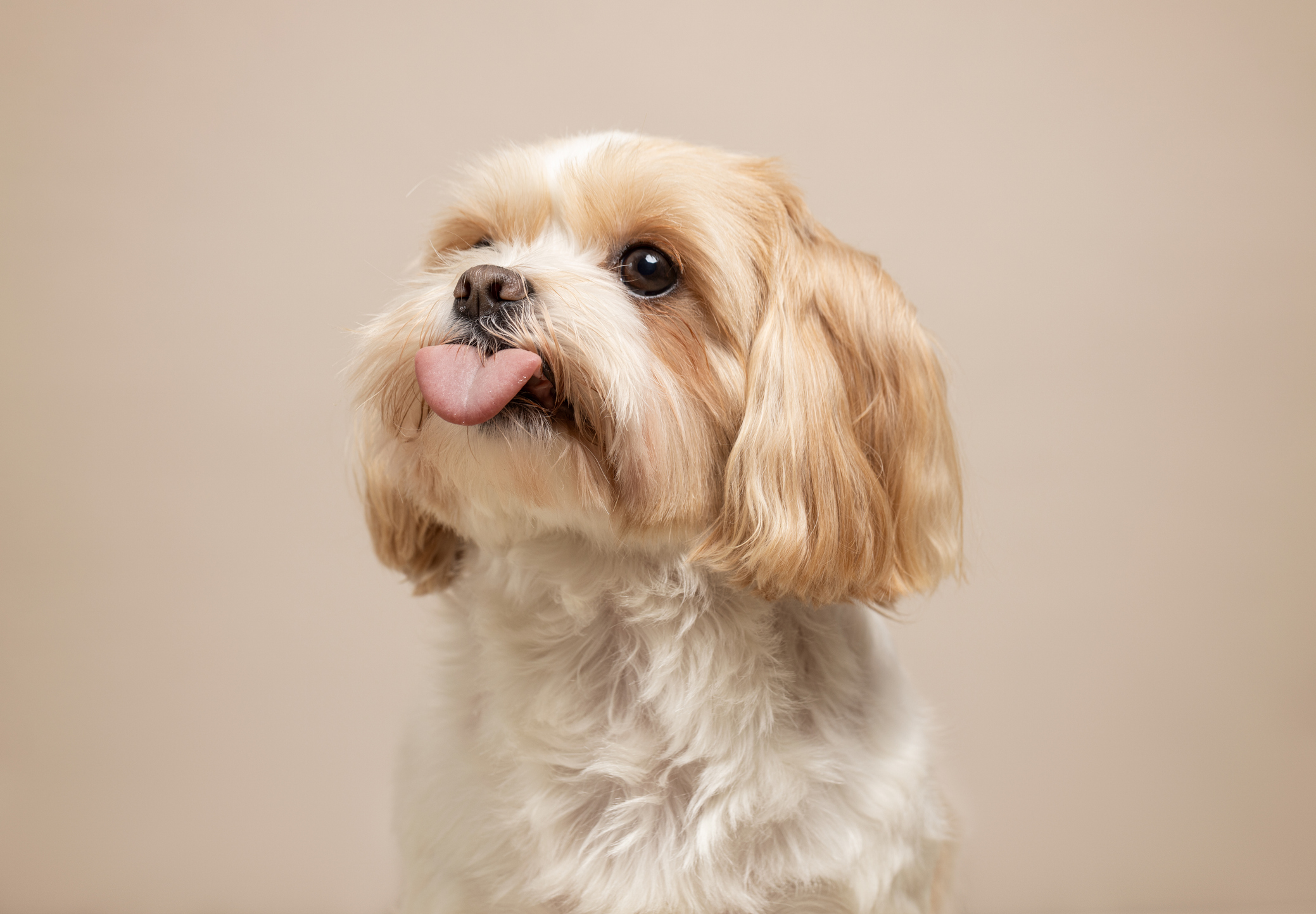 How to deal with an older dog starting to show some bad behaviour after many happy years
How to deal with an older dog starting to show some bad behaviour after many happy yearsA-list dog trainer Ben Randall helps a reader whose ageing dog has started changing its behaviour — and not for the better.
By Ben Randall
-
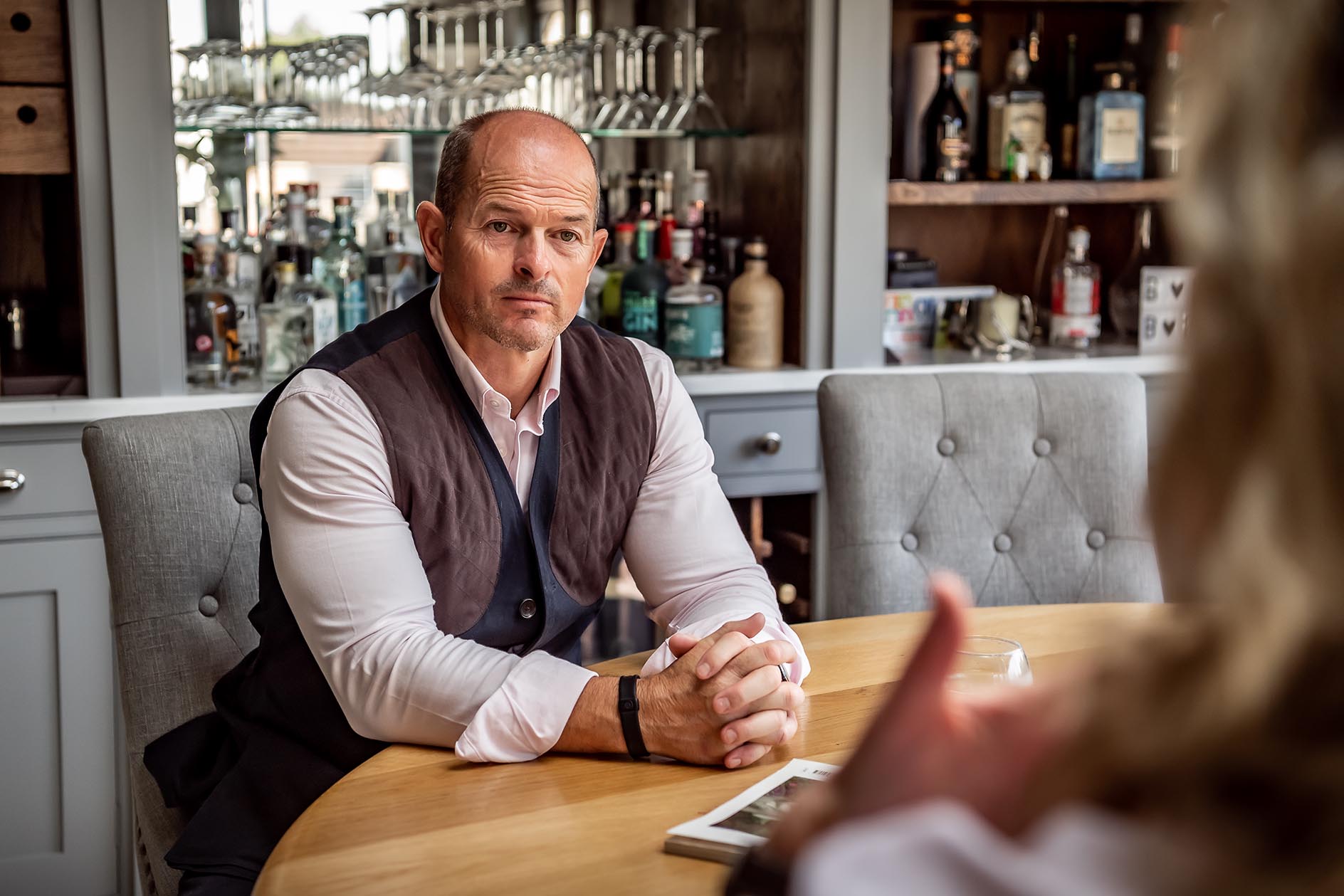 Ben Randall: Ask Country Life's canine agony uncle a question about your dog
Ben Randall: Ask Country Life's canine agony uncle a question about your dogOver the past two years our award-winning dog trainer Ben Randall has been sharing his advice with Country Life readers.
By Country Life
-
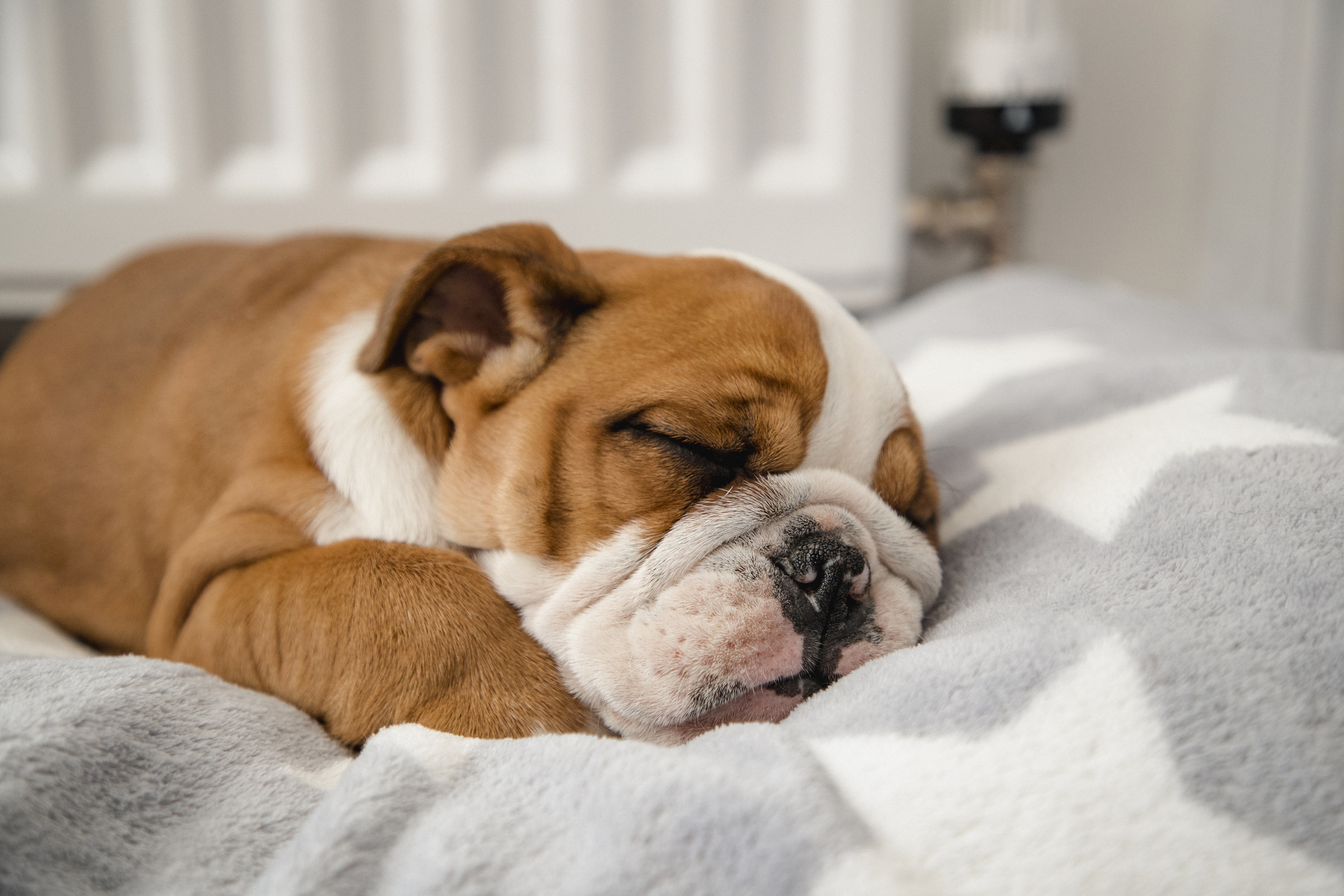 How to look after a dog who's gone deaf, by A-list trainer Ben Randall
How to look after a dog who's gone deaf, by A-list trainer Ben RandallBen Randall handles a query from a reader whose dog has lost her hearing.
By Ben Randall
-
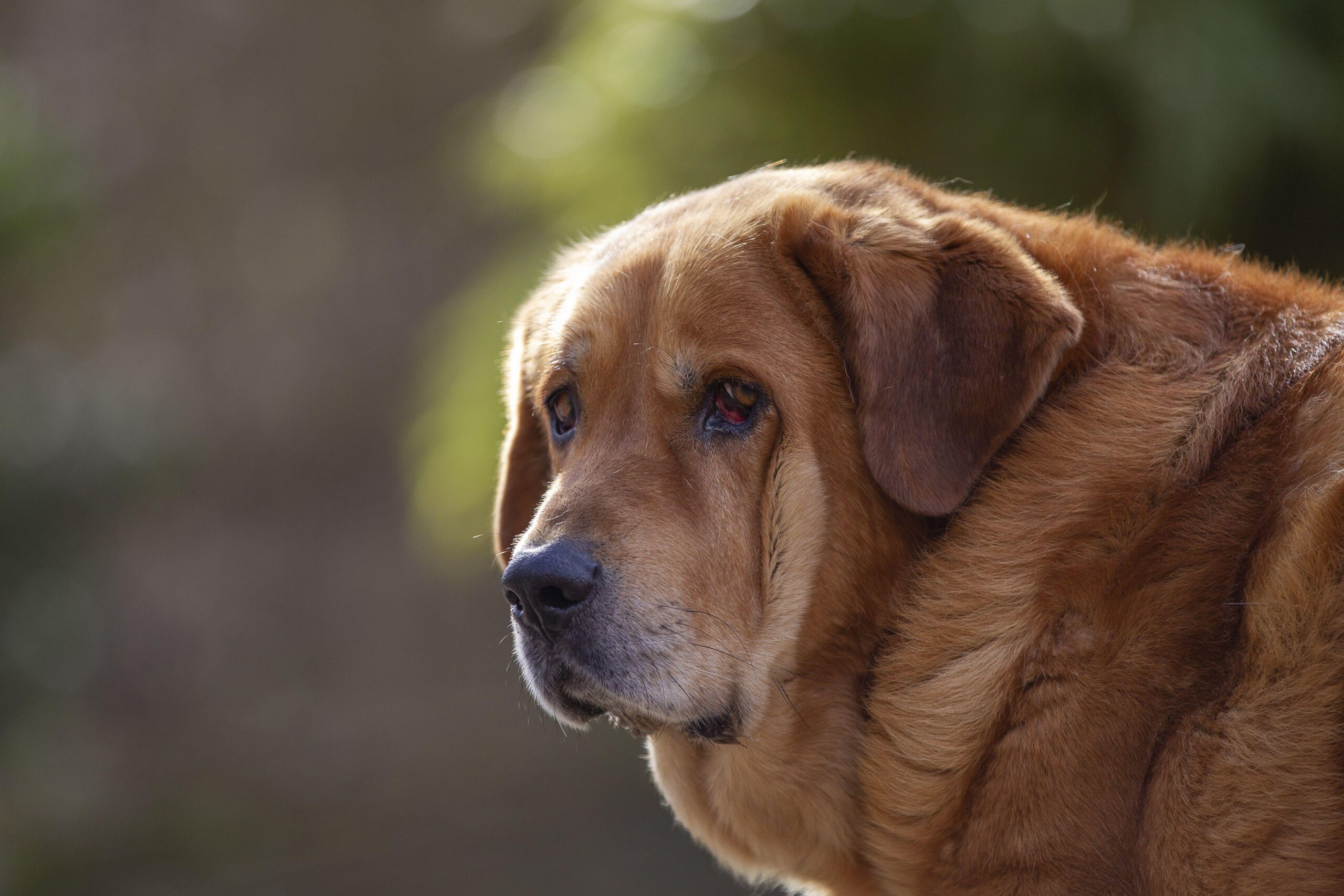 How to deal with a dog that's stronger than you are — especially when it runs off when it gets excited
How to deal with a dog that's stronger than you are — especially when it runs off when it gets excitedBen Randall tackles an issue for an owner of a dog that's almost as big as she is.
By Ben Randall
-
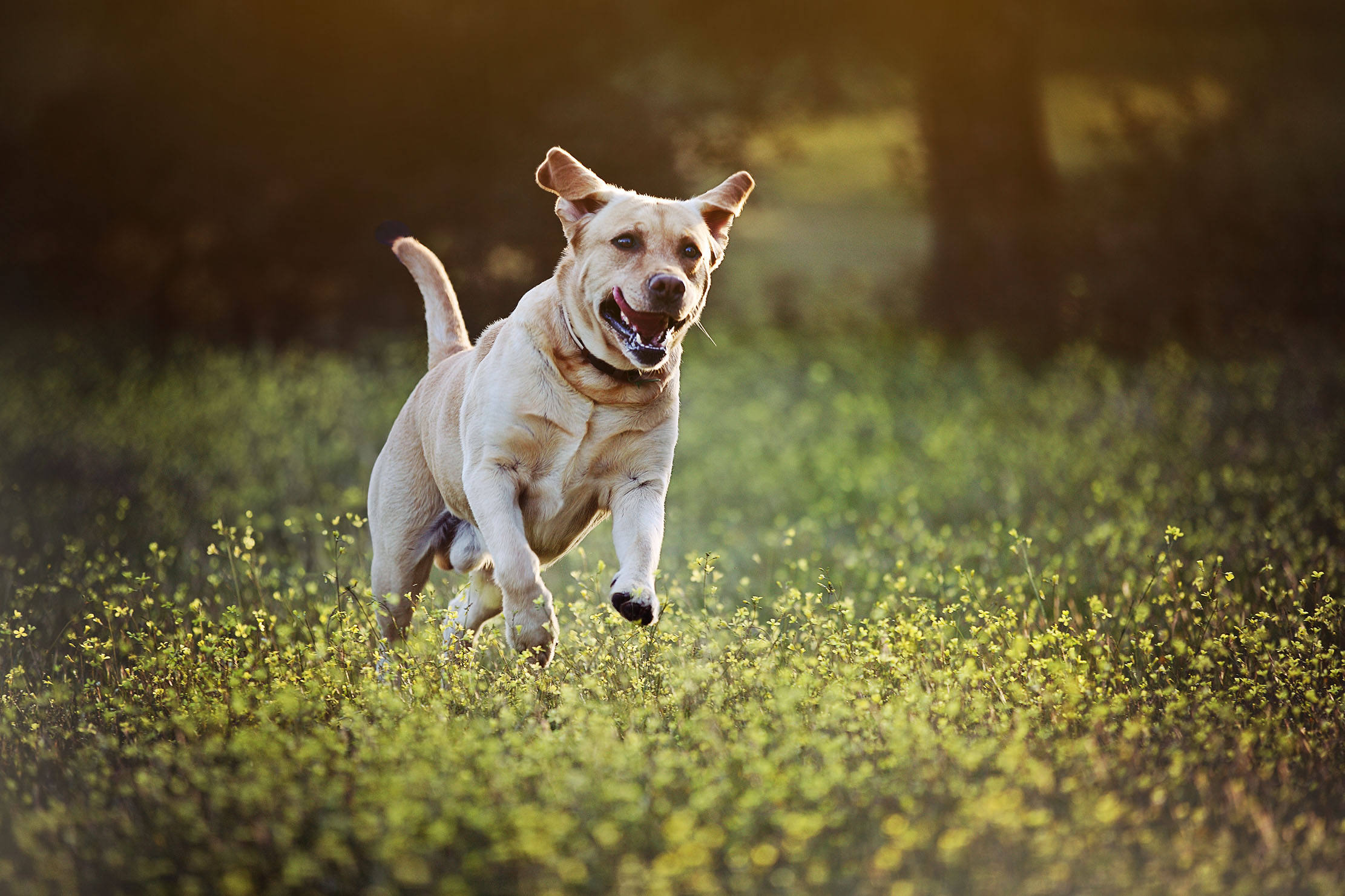 'My dog goes crazy when he sees someone with a ball launcher. How do I make him stop?': Expert trainer Ben Randall explains what to do
'My dog goes crazy when he sees someone with a ball launcher. How do I make him stop?': Expert trainer Ben Randall explains what to doTaking on a dog with ingrained bad habits can be a headache. Ben Randall explains how to retrain them to keep calm.
By Ben Randall
-
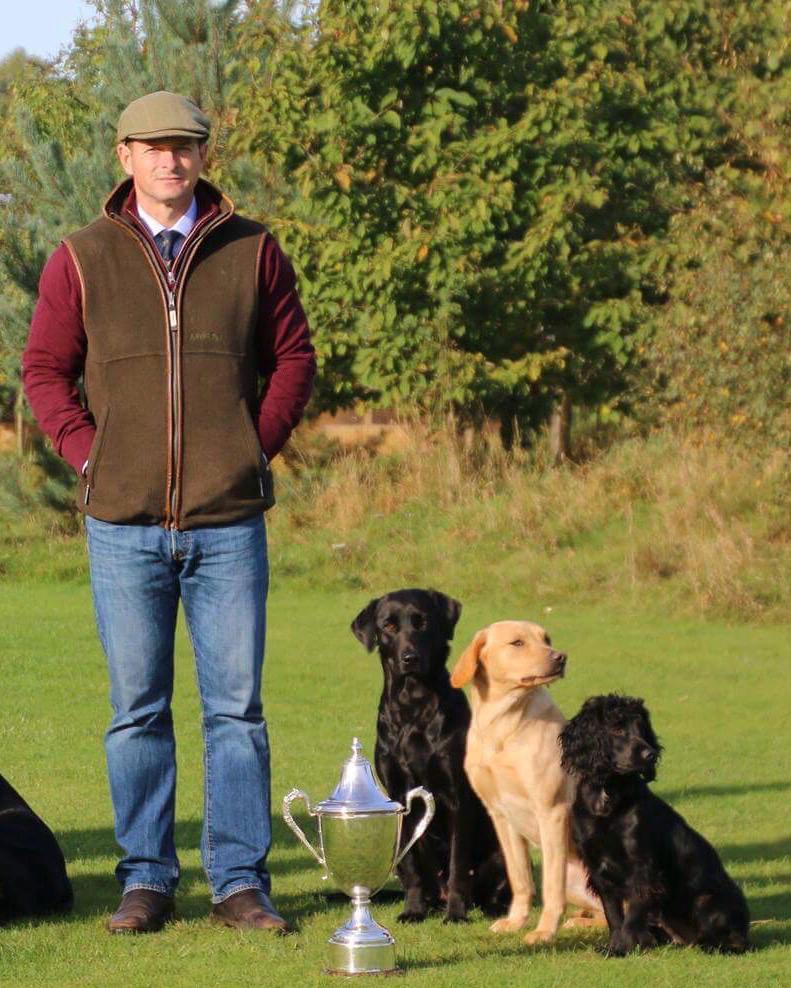 Ben Randall: Q&A with the award-winning dog trainer
Ben Randall: Q&A with the award-winning dog trainerWe speak to Country Life's canine agony uncle Ben Randall.
By Ben Randall
-
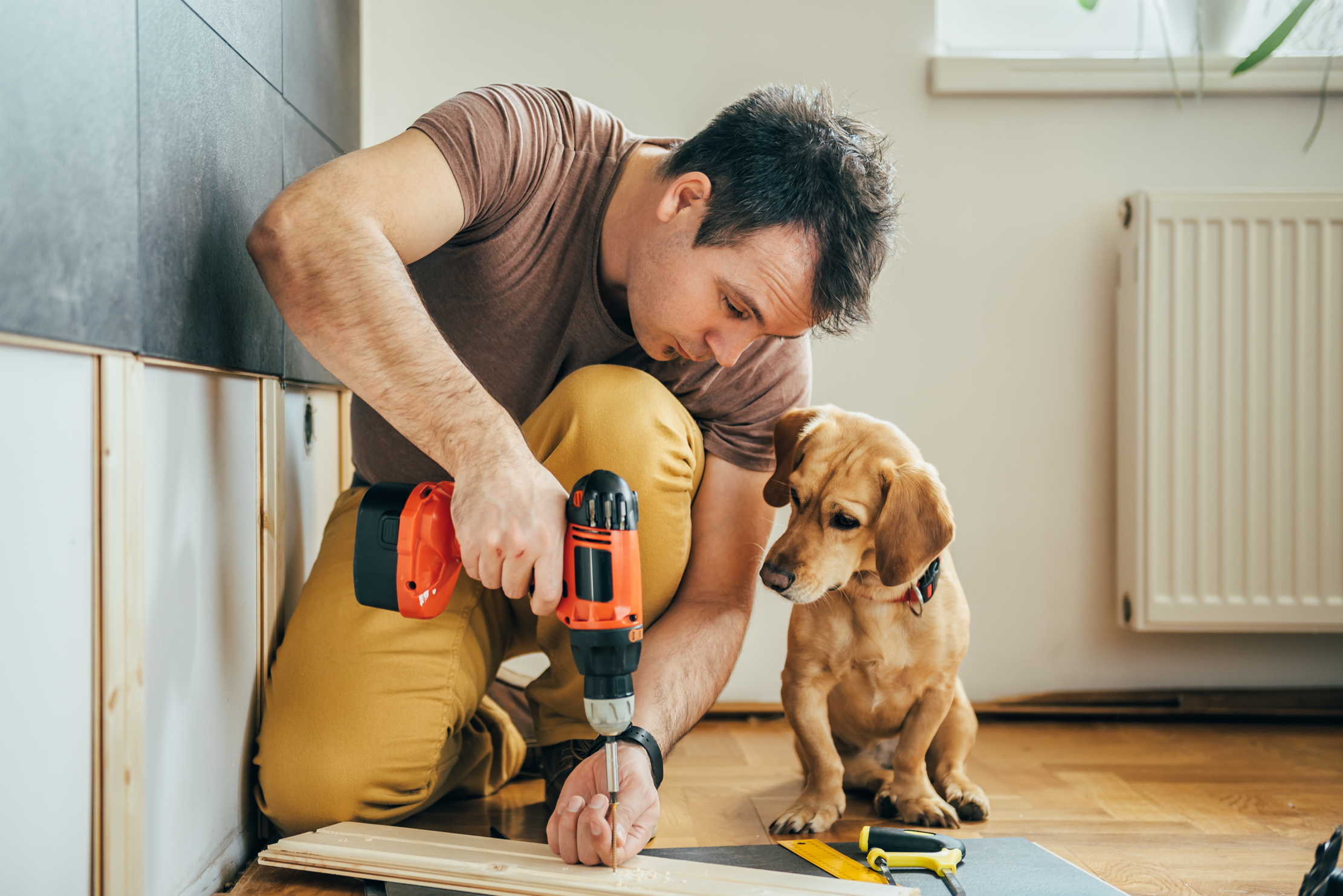 How to stop your dog from being protective and barking at builders
How to stop your dog from being protective and barking at buildersBarking can be annoying and unsettling for visitors. Ben Randall looks at how to get a little peace and quiet.
By Ben Randall